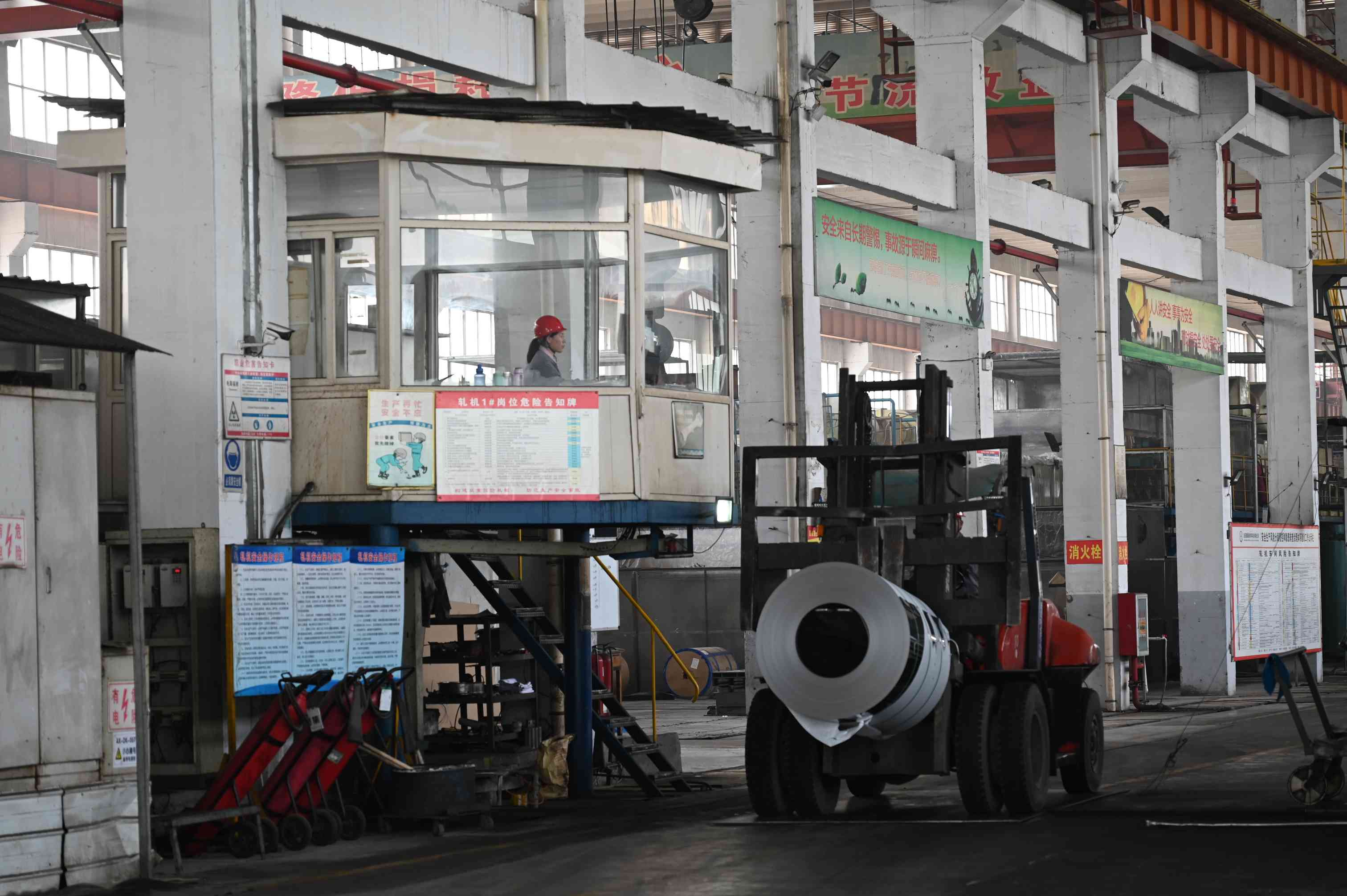Stainless steel is an indispensable material in modern industry and everyday life, and 439 stainless steel is widely recognized for its unique properties and extensive application fields. This article will focus on the analysis of the elemental content, application fields, and advantages of 439 stainless steel.
Elemental Composition of 439 Stainless Steel
439 stainless steel is a ferritic stainless steel, and its chemical composition mainly includes elements such as carbon (C), silicon (Si), manganese (Mn), nickel (Ni), chromium (Cr), molybdenum (Mo), and nitrogen (N). The content of these elements significantly impacts the properties of 439 stainless steel.
Carbon (C): The carbon content in 439 stainless steel is usually below 0.03%. Carbon can increase the strength of steel, but an excess of carbon can make the steel brittle and affect its weldability.
Silicon (Si): The silicon content is typically below 1.0%. Silicon can improve the strength and hardness of steel, but too much silicon can make the steel brittle and affect its weldability.
Manganese (Mn): The manganese content is usually below 1.0%. Manganese can improve the strength and hardness of steel while also enhancing its weldability.
Nickel (Ni): The nickel content in 439 stainless steel is minimal, usually below 0.50%. Its primary role is to stabilize the austenitic structure and improve the corrosion resistance of the steel.
Chromium (Cr): Chromium is an important element in 439 stainless steel, with a content typically between 17.0-19.0%. Chromium can form a stable oxide layer, providing good corrosion resistance to the steel.
Molybdenum (Mo): The molybdenum content in 439 stainless steel is minimal, usually below 0.20%, and its main role is to improve the steel’s corrosion resistance.
Nitrogen (N): The nitrogen content is usually below 0.03%. Nitrogen is a strengthening element that can improve the strength and hardness of steel.
Mechanical Properties of 439 Stainless Steel
439 stainless steel is a high-chromium, low-carbon stainless steel alloy with good corrosion resistance and mechanical properties. Below are the general mechanical properties of 439 stainless steel:
Strength: 439 stainless steel has high yield strength and tensile strength. Generally, its yield strength is about 310 MPa, and its tensile strength is about 450 MPa.
Ductility: 439 stainless steel has good ductility, also known as elongation. Generally, its elongation rate is above 20%, which means it can stretch to a certain extent under force without breaking.
Hardness: The hardness of 439 stainless steel is usually assessed by measuring its Rockwell Hardness (HRB). The hardness of 439 stainless steel is generally between 70 and 90 HRB.
Impact Toughness: 439 stainless steel has good impact toughness at low temperatures, giving it an advantage in certain applications, such as manufacturing corrosion-resistant pipelines and heat exchangers.
It should be noted that specific mechanical properties may vary due to manufacturing processes, heat treatment, and specific applications. Therefore, when selecting 439 stainless steel for specific applications, it is best to refer to the specific material specifications and performance data provided by suppliers.
Application Fields of 439 Stainless Steel
Due to its excellent performance, 439 stainless steel is widely used in the following fields:
Automotive exhaust systems: The excellent heat resistance and corrosion resistance of 439 stainless steel make it an ideal material for automotive exhaust systems. It can effectively prevent damage to the exhaust system caused by high temperatures and corrosion.
Heat exchangers: The good thermal conductivity and high-temperature resistance of 439 stainless steel make it widely used in heat exchangers.
Home appliances: The casings and internal structures of home appliances such as refrigerators, washing machines, and ovens can be made of 439 stainless steel.
Architectural decoration: The aesthetics and corrosion resistance of 439 stainless steel make it widely used in the field of architectural decoration, such as window frames, door frames, handrails, etc.
Advantages of 439 Stainless Steel
439 stainless steel has the following advantages:
Excellent corrosion resistance: The high chromium content of 439 stainless steel can form a stable oxide layer, providing good corrosion resistance. It can maintain its original performance in various environments, such as in acidic, alkaline, and saline corrosion environments.
Good heat resistance: The heat resistance of 439 stainless steel is excellent, allowing it to maintain stable performance in high-temperature environments. This makes it widely used in high-temperature environments such as automotive exhaust systems and heat exchangers.
Excellent mechanical properties: 439 stainless steel has good hardness and strength, as well as good toughness, making it widely used in various industrial production and processing.
Good weldability: Due to the high manganese content of 439 stainless steel, it has good weldability. This makes it more convenient and faster to manufacture and install.
Environmental and economical: 439 stainless steel is an environmentally friendly material that can well meet the needs of modern society for environmental protection. At the same time, due to its corrosion resistance and heat resistance, it has a long service life, thereby saving material and maintenance costs.
Conclusion
In summary, 439 stainless steel, with its unique elemental content and excellent properties, has become an indispensable material in many fields. It is widely used in automotive exhaust systems, heat exchangers, home appliances, architectural decoration, and more. At the same time, its excellent corrosion resistance, heat resistance, mechanical properties, weldability, and environmental and economic benefits make it more widely used in modern society.
Post time: Nov-13-2023






